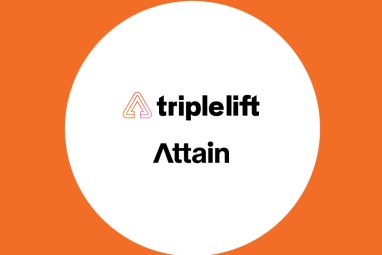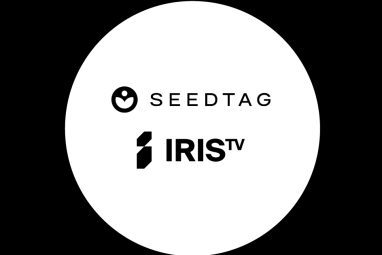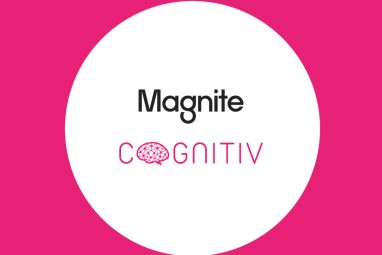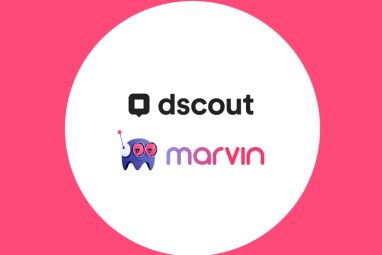OpenAP Releases Identifier So Advertisers Can Buy And Measure Across Linear And Digital
OpenAP has the technology to unify on boarding, campaign activation and measurement across its member networks so that advertisers don’t have to repeat that process with each network over and over again. But unfortunately, even within the same network, linear and digital audiences are separate, which leads to siloed reporting. To deal with that issue, […]
Topics
What to Read Next
- TripleLift Announces Partnership with Attain to Unify Context and Commerce
- Seedtag Partners with IRIS.TV to Expand Contextual Signals for CTV Targeting
- Magnite, Cognitiv Announce Deep Learning Integration for Real-Time Curation
- Dscout Announces Integration with HeyMarvin
- Comscore Launches Program-Level Capabilities within CCM
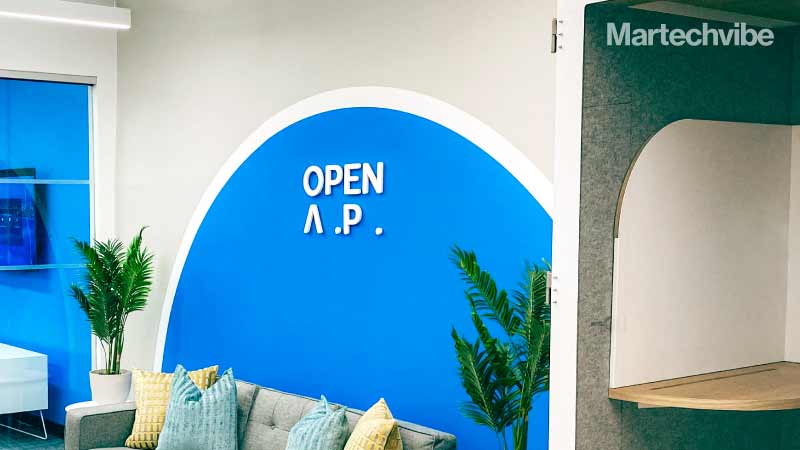
OpenAP has the technology to unify on boarding, campaign activation and measurement across its member networks so that advertisers don’t have to repeat that process with each network over and over again.
But unfortunately, even within the same network, linear and digital audiences are separate, which leads to siloed reporting. To deal with that issue, OpenAP released its proprietary OpenID identifier to unite digital and linear audiences across programmers.
GroupM, Dentsu, Omnicom Media Group, Haworth Marketing + Media and Horizon Media are all using the ID. These agencies will be able to build and measure their ad campaigns across OpenAP members, which include AMC Networks, A+E Networks, Crown Media, Discovery, Disney, Fox Corporation, NBCUniversal, Univision, ViacomCBS, WarnerMedia and The Weather Channel.
How does it work?
Advertisers have audiences that they want to address, based either on first-party data or third-party data from a data company.
OpenAP matches those audiences with its OpenID identifier, then creates and sends the segment to whichever programmers an advertiser wants to work with. OpenAP can stitch everything together because it’s plugged into each programmer’s audience platform.
“We put tech in place to make the whole process easier,” said David Levy, CEO of OpenAP. “And then you get reporting not only by the network but also deduplicated reach across everyone you spent your dollars on.”
Meanwhile, each programmer handles its own media sales and booking.
Also Read: First to Zero, The Perfect Data Journey
How do advertisers access the OpenID?
For now, advertisers access OpenID through direct buys at the upfronts, although Levy said OpenAP has plans to eventually work with DSPs to make the buys more automated.
With that in mind, OpenID’s next challenge is to build data syncs with data vendors, measurement providers and programmers. OpenID already has a built-in connection to Nielsen.
“If you create an audience segment as an advertiser, you can automatically send that segment and match it to a set of OpenIDs and push that to programmers instantaneously,” Levy said. “We’re making those highways, connecting more of them and making them faster.”
Although OpenID currently speeds up audience activation across networks, the process could be quicker. Still, without OpenID, it can take two to four weeks to onboard an audience segment.
Levy expects that automatic syncing will save a week or two when compared to sending the data manually.
Where does all this data come from?
OpenID is backed by TransUnion and Tru Optik.
Remember how one of OpenID’s advantages is consolidating linear and digital audiences?
That’s because TransUnion is a credit bureau, so it can provide offline data sets, while Tru Optik, which TransUnion acquired last year, provides a large footprint in the CTV space. These days, CTV is critical for a solid digital footprint.
While other potential partners were effective in either offline data or online data, TransUnion, after buying Tru Optik, has capabilities in both.
How important is the launch of OpenID?
Like most developments in advanced TV, this news is significant – but incremental.
It’s setting the groundwork to enable deduplicated reach across walled gardens and across both linear and digital channels. If all goes as planned, marketers will be able to plan, optimise and measure across different programmers without having to sync data with each of them.
That said, OpenID is new, so we’ll need to see how it performs in the long term. It also still needs to develop connections with more partners in order to accelerate and automate the data syncing process across the ecosystem.


